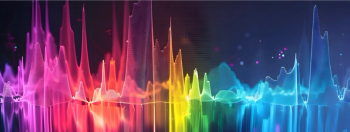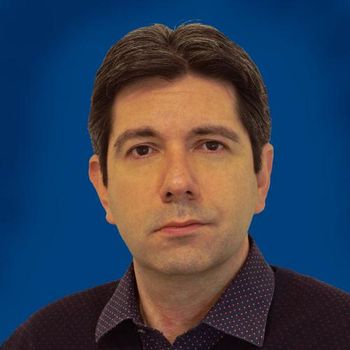
Pharmaceutical Research Applications Featured at Confocal Raman Imaging Symposium
The 9th Confocal Raman Imaging Symposium took place in Ulm, Germany on September 26 and 27 and featured the application possibilities of high-resolution Raman microscopy in pharmaceutical research as well as in materials, geological and life sciences.
The 9th Confocal Raman Imaging Symposium took place in Ulm, Germany on September 26 and 27 and featured the application possibilities of high-resolution Raman microscopy in pharmaceutical research as well as in materials, geological and life sciences.
Keynote lecturer Sebastian Schlücker from the University of Osnabrück (Osnabrück, Germany), speaking on the basics of Raman spectroscopy and its application in microscopy, provided a broad look at the classical and quantum mechanical description of the Raman effect.
Olaf Hollricher, managing director R&D at WITec (Ulm, Germany), highlighted the specific requirements for highly sensitive and diffraction-limited Raman imaging in terms of an optimized microscope setup. Thomas Dieing, director customer support at WITec in his presentation on the combination of Raman and structural surface imaging, underlined the necessity of a modular instrument platform to perform atomic force microscopy and confocal Raman imaging guided by surface topography with a single instrument.
Thomas Beechem of Sandia National Laboratories (Albuquerque, New Mexico) discussed the analysis of stress and material interactions between the individual layers of a bi-layer graphene sheet.
Juan Romero of the Spanish National Research Council (CSIC) (Madrid, Spain), spoke about the importance of ceramic materials in everyday life and high technology, showing examples of how Raman imaging is beneficial for the characterization of ceramic materials.
The advantages of 3D analysis were illustrated Barbara Cavalazzi of the University of Johannesburg (Johannesburg, South Africa), reporting on the investigation of fossilized traces of life on earth.
Presenting results of single cell measurements, Diedrich Schmidt of the North Carolina A&T State University (Greensboro, North Carolina), discussed the importance of Raman imaging in Life Science as a label-free method.
Klaus Wormuth, from the University of Cologne (Köln, Germany), discussed the use of Raman microscopy to achieve a better understanding of drug delivery systems. In the related presentation that followed, Maike Windbergs from the University of Saarbrücken (Saarbrücken, Germany), showed methods that can successfully characterize pharmaceutical systems with a special focus on results obtained with confocal Raman imaging guided by surface topography.
Newsletter
Get essential updates on the latest spectroscopy technologies, regulatory standards, and best practices—subscribe today to Spectroscopy.





